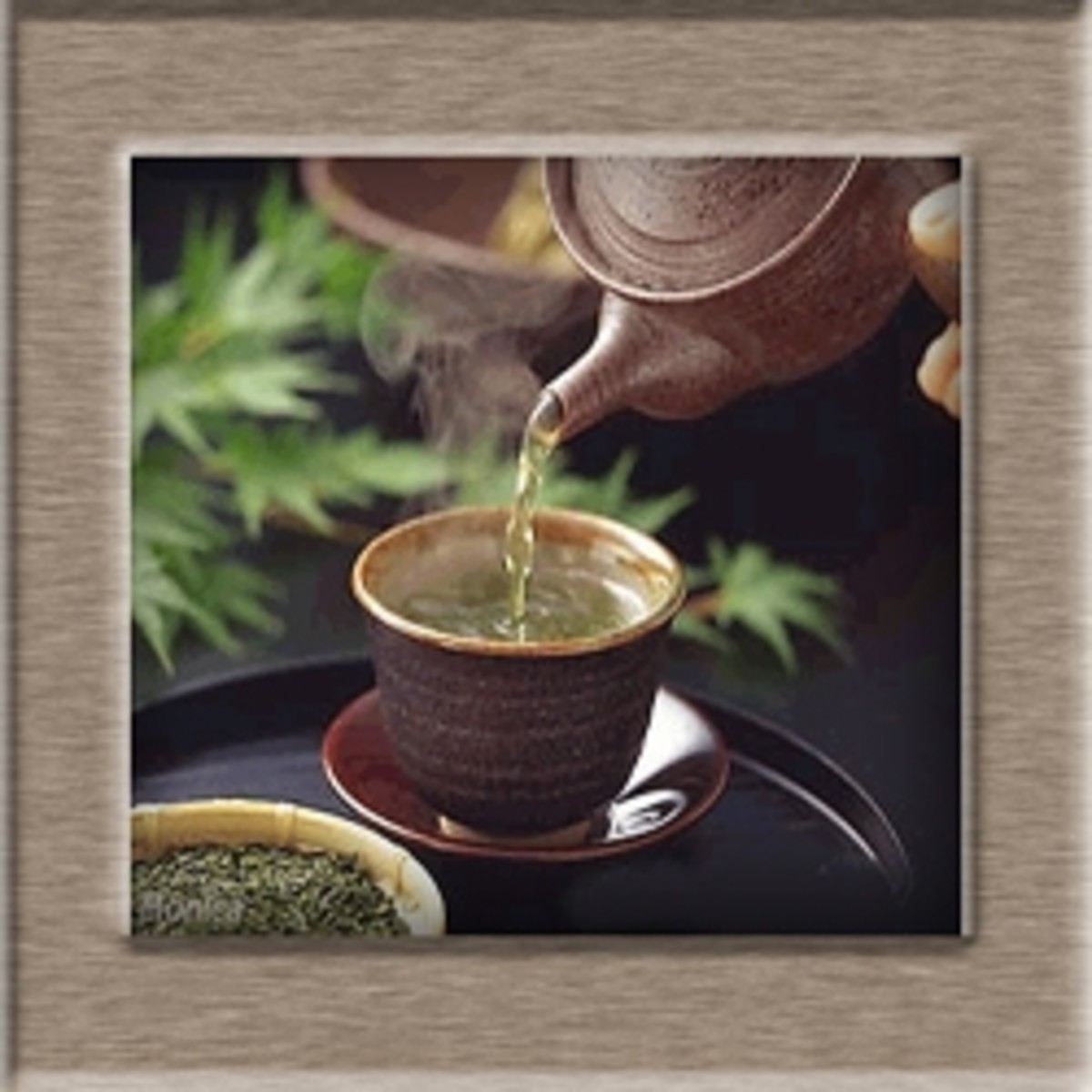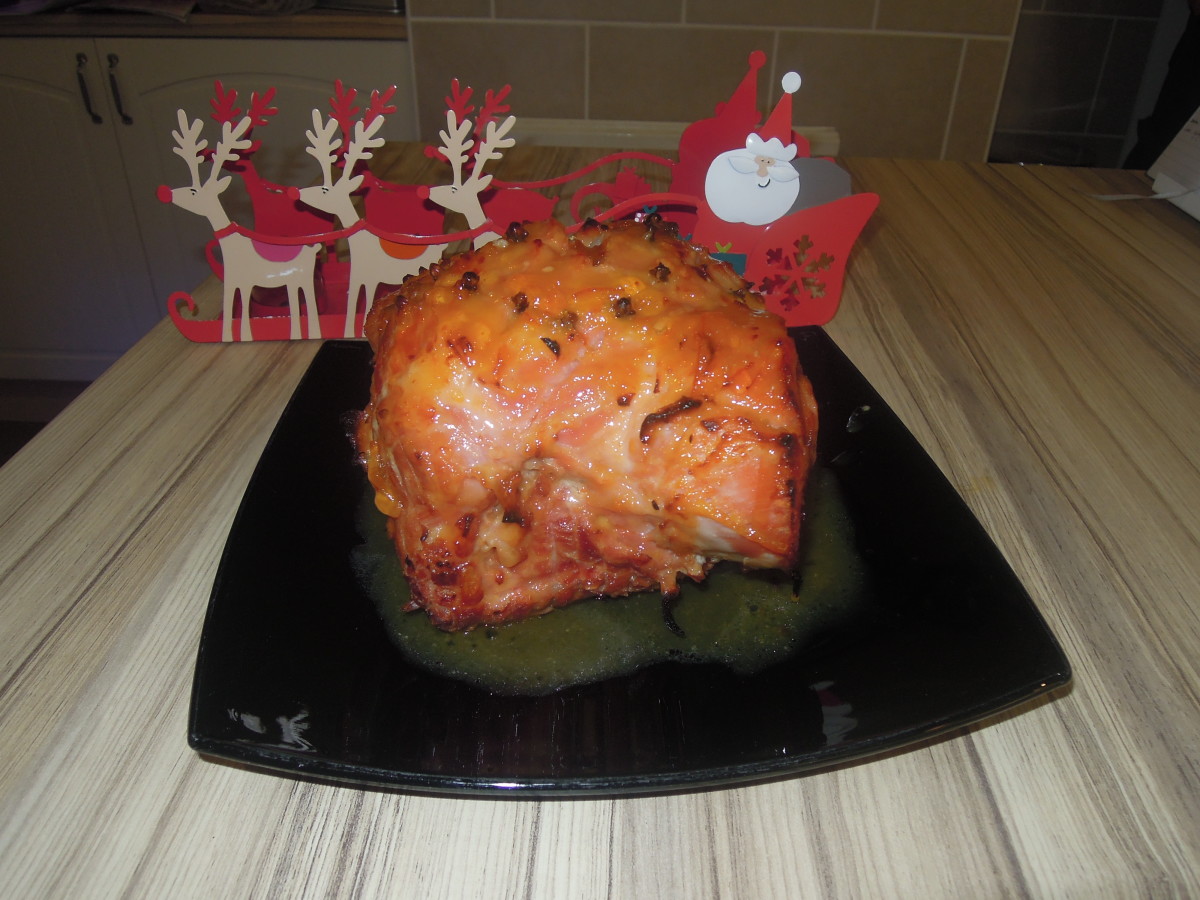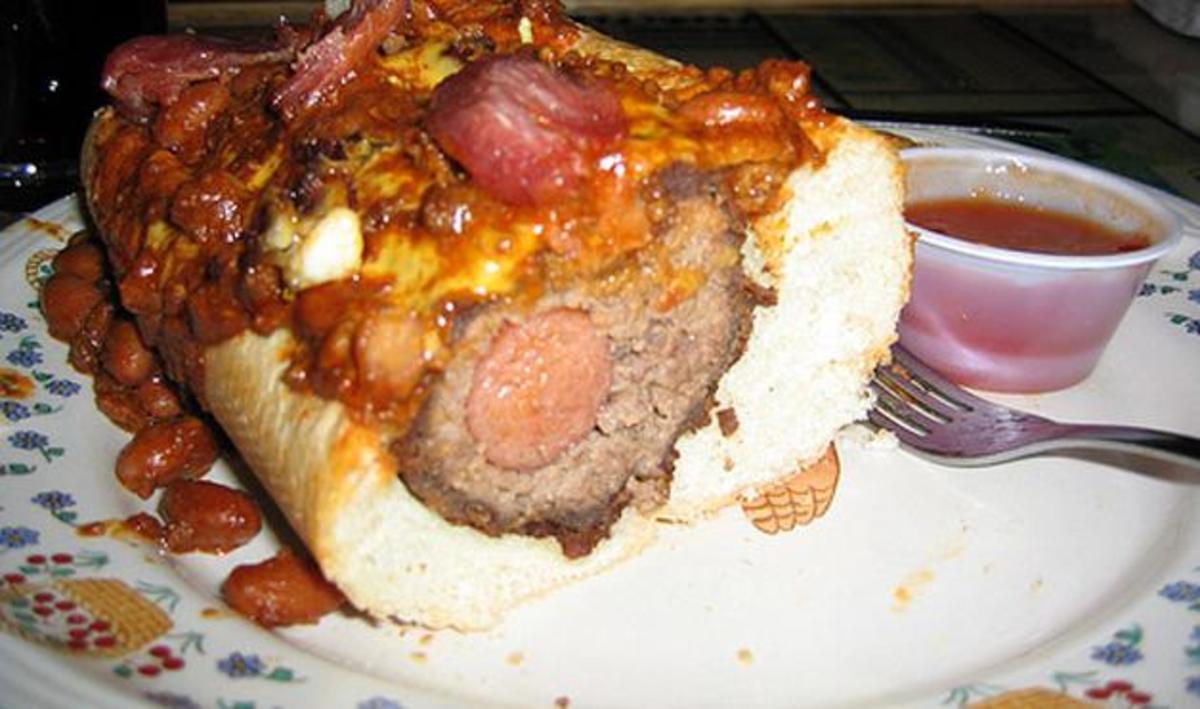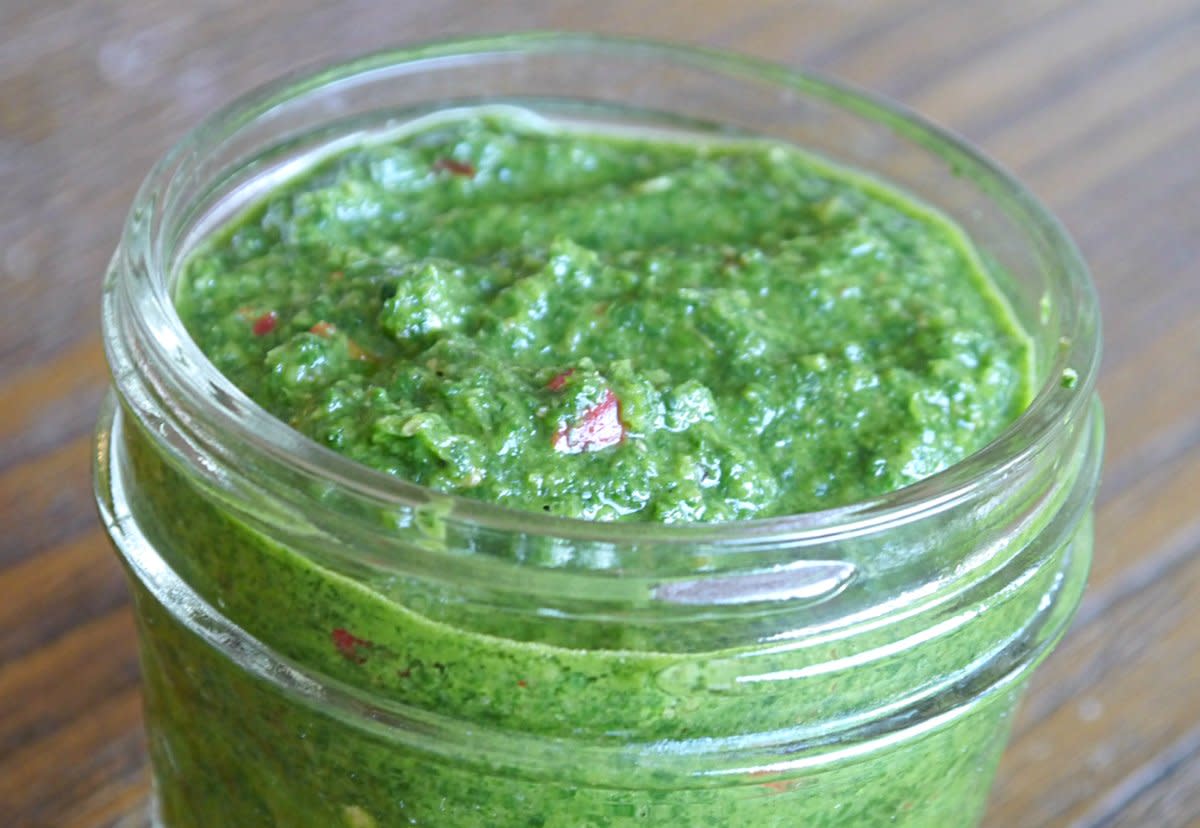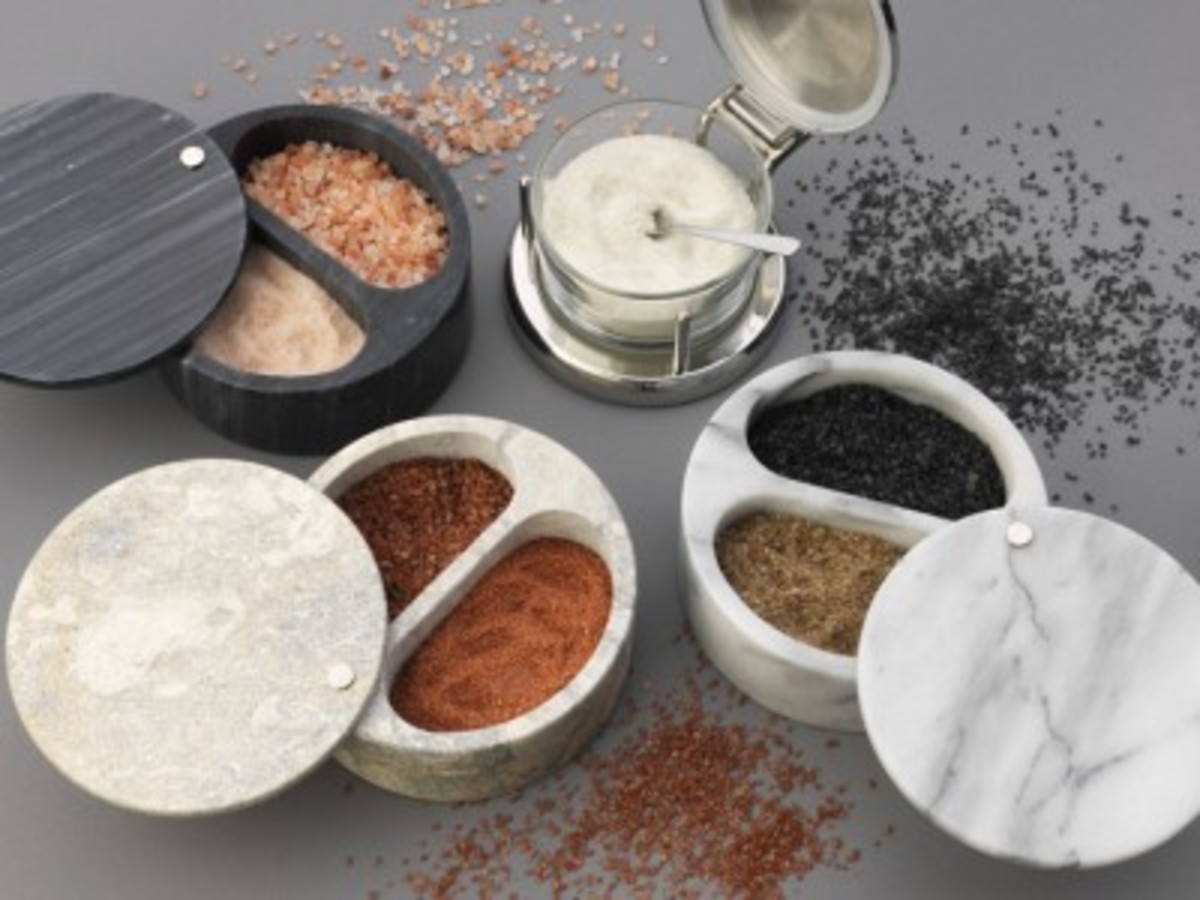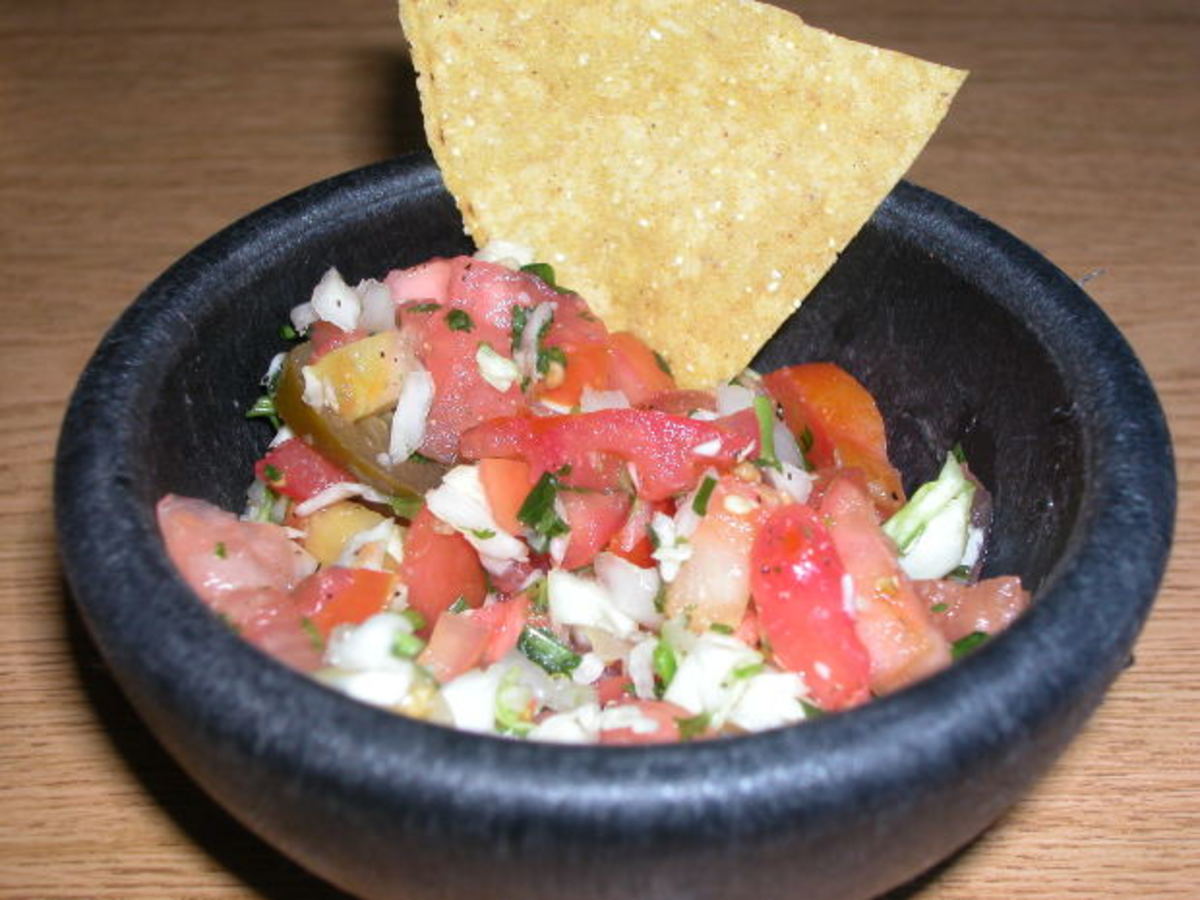All About Mustard
There is nothing quite as American as eating a hot dog slathered in bright yellow mustard on a hot summer day, possibly at the ball park. But, mustard can be a star player in a multitude of other dishes from beef to fish to salads, giving a tangy punch that brightens up any plate. And, too boot, mustard is a low-calorie condiment – got to love all that flavor for not a lot of waist line worry!
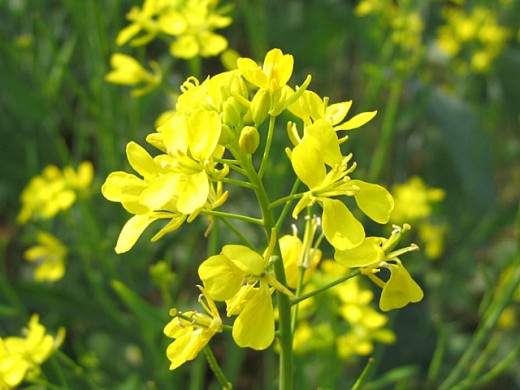
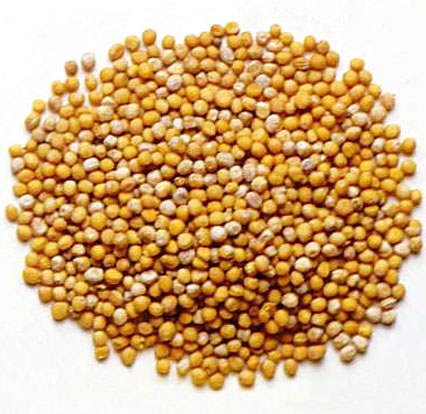
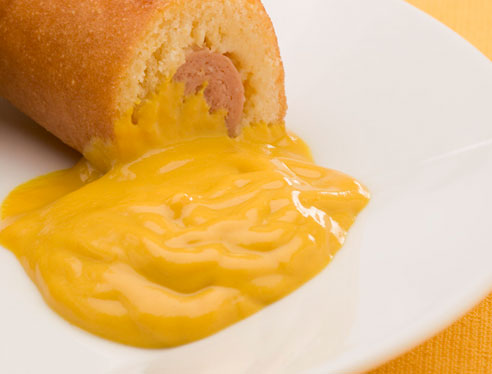
Mustard has been around pretty much forever – they have found mustard seeds in the tombs of pharaohs in Ancient Egypt for goodness sake! Mustard was popular in Europe as early at the 1400s and came to America in the 1700s with regional varieties popping up all over the world. One name that is synonymous with mustard is French’s, invented by two brothers in 1904 who were looking for a milder version of the popular spicy brown mustard of the day. And how could we possibly get mustard onto our food without the squeeze bottle? Well, that convenient invention was created by Plochman’s in 1957. These days, the world’s love affair with mustard continues and you could probably find hundreds of different kinds of mustards on grocery shelves all over the place.
While there are plenty of varieties of mustard, we will explore just a few of them here – some you have heard of, some might be new to you, but the flavors range from mild to spicy hot so take notes for your next hot dog cookout!
Yellow Mustard
This mustard is the one that baseball fans fell in love with back in the 1920s. This mild flavored condiment was invented by the French brothers – it is made with white mustard seeds, while turmeric creates that famous, bright yellow color.
Dijon Mustard
When you hear the word Dijon, I know everyone is replaying the Grey Poupon ad in their head. Dijon mustard is just like Champagne – unless it is made in Dijon, France, it is simply “Dijon-style” mustard. Dijon is made with brown or black mustard seeds and wine or verjuice without any additional additives, giving it it’s unique color.
Honey Mustard
Pretzels and honey mustard are a match made in heaven. Honey mustard is simply exactly what the name says – a base of regular mustard mixed with honey to give it a thicker consistency and a sweet taste, but still a tangy undertone.
Creole Mustard
Creole mustard is a coarse, stone ground type mustard that is thick in consistency. Typically, Creole mustard has the punch of horseradish in it, making it the perfect combination for any food from Louisiana – try it slathered on a po-boy!
Brown Mustard
Brown mustard seeds produce this mustard, with a much stronger punch of flavor than a typical white or yellow mustard, and would be perfect on a deli sandwich. The seeds and leaves of the brown mustard plant are used a lot in Indian cooking.
Chinese Mustard
Look out because Chinese mustard is hot, hot, hot! This spicy version is made from brown mustard seeds. Chinese mustard will give the perfect kick as a dipping sauce for any kind of Asian cuisine.
Dusseldorf Mustard
Similar to a Dijon mustard, but much spicier, Dusseldorf mustard is made in a traditional German style. This mustard will have a slight sweet taste, but balanced by a real tang from the vinegar used in the recipe and spicy kick at the end.
Mustard Seeds
Mustard seeds are teeny tiny, but bring an important flavor profile to a variety of international dishes – seeds can be wide, brown or black, and mustard will have a different level of spiciness depending on which one is used. Mustard is grown all over the world, but thrives in more temperate climates.
How to Grow Mustard
Mustard is fairly easy to grow and it’s great to see how that French’s bottle in your fridge started out as a beautiful green plant. Many cultures around the world use not only the seeds to prepare the mustard we get on our tables, but also for the leaves to use like any other lettuce or green.
You’ll want to harvest your mustard early in the summer so plan on planting in the springtime. You can also plant late in the summer for a fall harvest since mustard tends to shy away from blazing hot temperatures.
Plant the seeds about 1/8 – 1/3 of an inch deep in rows, sprinkling them pretty evenly throughout and space the rows about a foot apart (12 inches) – make sure the cover the seeds back with soil once you have dropped them in. Mustard plants are pretty hardy and not prone to insects or diseases so as long as you water on a regular basis and keep the bed weeded, you shouldn’t have a problem.
You can harvest the leaves when they are small and tender, when they would make a good addition to a salad, or when they are a little larger and tougher, when you can cook them similar to the way you would cook a collard green.
If you want the seeds, let the plant turn yellow and wait until the pods are mature to harvest them. If you let the pods get too ripe and they burst, you will have LOTS of mustard plants so make sure you pluck them before that happens. Make sure to air-dry the pods for about two weeks and then you will have seeds ready to make your own mustard!
Yes, A Mustard Museum!!!
- National Mustard Museum and Mustard Store
Home of the world's foremost collection of mustards and mustard memorabilia with curator Barry Levenson liberally spicing the visitor experience with mustard humor.

